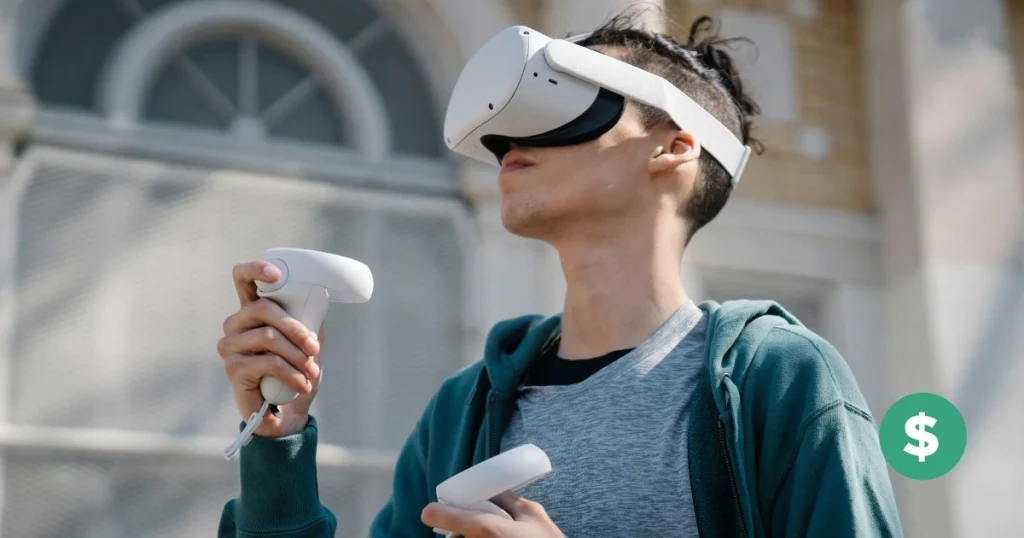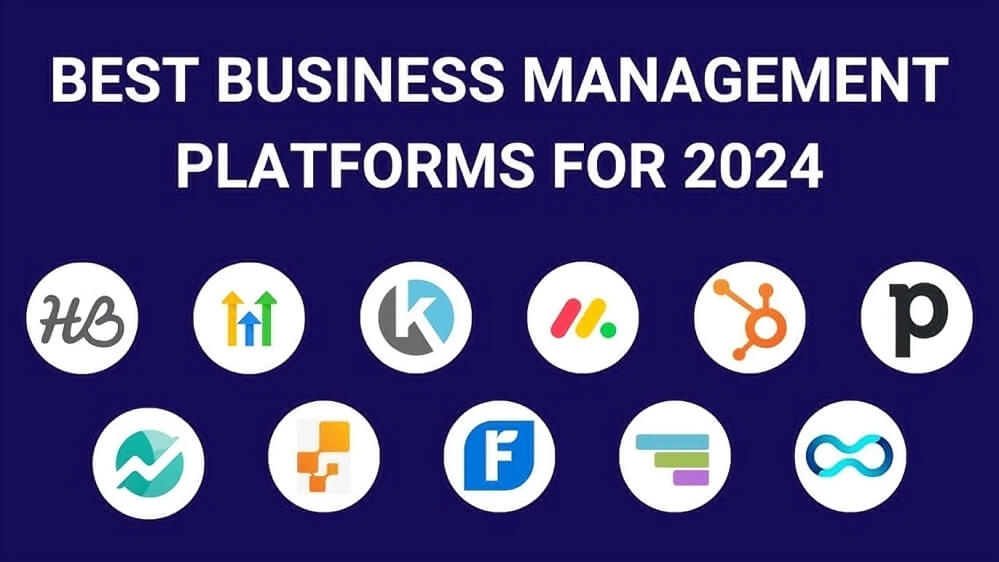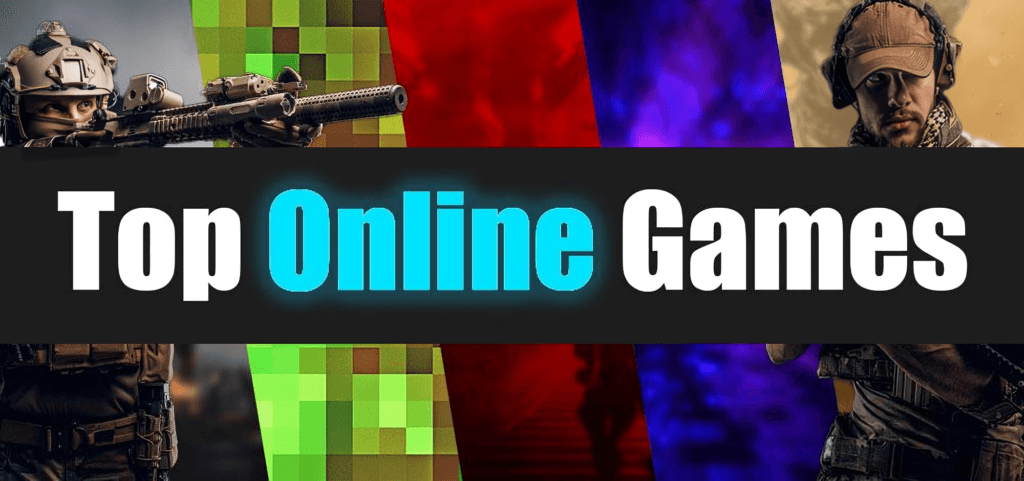Introduction
In the early 2000s, virtual worlds like Second Life and online games hinted at what could be possible in immersive digital spaces. Fast forward to the 2020s, and the concept of the Metaverse has become a global buzzword, touted as the next evolution of the internet. From tech giants like Meta (formerly Facebook) and Microsoft to decentralized projects built on blockchain technology, everyone seems to be racing to stake a claim in this new digital frontier.
But what exactly is the Metaverse? Is it a fully immersive virtual world, a hybrid of physical and digital reality, or merely a marketing term? More importantly, how might it reshape the way we live, work, socialize, and even govern ourselves? In this article, we’ll explore the origins, technologies, applications, challenges, and future of the Metaverse.
Defining the Metaverse
The term “metaverse” was coined by author Neal Stephenson in his 1992 science fiction novel Snow Crash. In the novel, the Metaverse was a vast digital universe where people interacted through avatars in a three-dimensional space. Today, the term broadly refers to a persistent, shared virtual environment that merges physical and digital realities, enabling real-time interaction among users across the globe.
Unlike traditional web experiences confined to 2D interfaces, the Metaverse is envisioned as:
- Immersive: Utilizing Virtual Reality (VR), Augmented Reality (AR), and Mixed Reality (MR) to simulate real-world or fantastical environments.
- Persistent: Existing continuously, regardless of whether users are online.
- Interoperable: Allowing seamless transition and ownership of digital assets across different platforms.
- User-Centric: Where users are not just consumers but creators and stakeholders in virtual economies.
Core Technologies Powering the Metaverse
1. Virtual and Augmented Reality
VR and AR are foundational to the Metaverse experience. VR offers fully immersive environments (e.g., Meta’s Horizon Worlds), while AR overlays digital content on the physical world (like Pokémon GO or Apple Vision Pro). These technologies are becoming more accessible with devices like the Oculus Quest, Microsoft HoloLens, and various AR-capable smartphones.
2. Blockchain and Web3
Decentralization is a major theme in many metaverse projects. Blockchain technology enables secure digital ownership of assets such as land, avatars, and collectibles through NFTs (Non-Fungible Tokens). It also facilitates decentralized finance (DeFi), governance (DAOs), and identity verification.
Popular decentralized metaverses include:
- Decentraland – A user-owned virtual world governed by a DAO.
- The Sandbox – A gaming-focused metaverse where players can buy virtual land and monetize games or experiences.
3. Artificial Intelligence
AI powers intelligent NPCs (non-player characters), content moderation, and personal assistants within the Metaverse. It also helps generate realistic environments and responsive avatars capable of understanding natural language and facial expressions.
4. Edge Computing and 5G
Real-time rendering of immersive worlds requires low latency. Edge computing and 5G networks enhance performance, especially for mobile users, ensuring smoother interactions and minimal lag.
5. Digital Twins and IoT
Digital twins—virtual replicas of real-world objects and systems—are becoming essential for industrial and enterprise metaverses. Coupled with IoT devices, they enable real-time monitoring, simulations, and remote collaboration.
Real-World Applications of the Metaverse
1. Entertainment and Gaming
The gaming industry has been a major driver of metaverse development. Titles like Fortnite, Roblox, and Minecraft already serve as proto-metaverses, offering shared virtual spaces with user-generated content, events, and in-game economies.
Live concerts in Fortnite or branded worlds in Roblox exemplify how entertainment is evolving into participatory, immersive experiences.
2. Work and Collaboration
The COVID-19 pandemic accelerated interest in virtual collaboration tools. Metaverse platforms like Microsoft Mesh or Meta’s Horizon Workrooms are aiming to redefine remote work. Imagine holding a meeting in a virtual conference room with lifelike avatars, shared 3D whiteboards, and interactive prototypes.
3. Education and Training
Virtual environments offer unparalleled opportunities for experiential learning. From virtual science labs to historical recreations, the Metaverse can make education more engaging and accessible. Medical students, for instance, can practice surgeries in VR before working on real patients.
4. Retail and Marketing
Brands are creating immersive shopping experiences, virtual showrooms, and branded spaces. Nike’s Nikeland on Roblox and Gucci’s Gucci Garden are early examples. The Metaverse allows for try-before-you-buy experiences, digital fashion, and influencer marketing in new dimensions.
5. Healthcare
Virtual reality is being used for pain management, PTSD treatment, and physical therapy. The Metaverse could facilitate virtual consultations, mental health support groups, and telemedicine in immersive formats.
6. Social Interaction
Social platforms are evolving into 3D environments where people can interact more naturally through avatars. VRChat, AltspaceVR, and Meta’s Horizon Worlds enable users to meet, talk, play, and create together—adding a layer of presence missing from traditional social media.
Economic Potential
The Metaverse economy is already showing signs of significant growth. According to McKinsey’s 2024 report, the metaverse could generate up to $5 trillion in value by 2030, spanning e-commerce, advertising, education, and digital assets.
Key components of this economy include:
- Virtual Real Estate: Parcels of digital land being bought and sold for thousands (sometimes millions) of dollars.
- NFT Marketplaces: Users trading art, wearables, and other assets.
- Creator Economy: Artists, designers, and developers monetizing their content via smart contracts and direct user engagement.
Cryptocurrencies like Ethereum and platform-specific tokens (e.g., MANA for Decentraland, SAND for The Sandbox) act as the medium of exchange in many of these environments.
Challenges and Concerns
1. Privacy and Data Security
With deeper immersion comes greater data collection—eye movements, facial expressions, location, and more. How this data is stored, used, and monetized raises serious privacy concerns. Regulators will need to craft policies to safeguard users.
2. Digital Inequality
Access to the Metaverse requires expensive hardware and high-speed internet, potentially widening the digital divide. Equity in access must be a priority if the Metaverse is to be truly inclusive.
3. Mental Health and Addiction
Excessive immersion in digital worlds may lead to social withdrawal, identity issues, and addiction. Designers will need to create healthier interfaces and experiences, while users must balance real and virtual lives.
4. Interoperability and Standards
Currently, metaverse platforms are siloed, each with its own avatars, assets, and rules. Without universal standards, the dream of a truly open and connected Metaverse remains distant.
5. Legal and Ethical Issues
Who owns virtual land? Can crimes be committed in virtual spaces? What rights do avatars have? These are pressing legal and ethical questions that will need clear answers as virtual spaces become more central to our lives.
The Future of the Metaverse
The Metaverse is still in its infancy, but its trajectory suggests a profound transformation in how humans interact with technology and each other. Over the next decade, we can expect:
- Blurring of Real and Virtual: With AR glasses and haptic feedback devices, our real and virtual worlds will increasingly overlap.
- Hyper-Personalized Worlds: AI will tailor environments to individual preferences, learning styles, and emotional states.
- Government and Civic Use: Virtual city halls, elections, and even courts could move to the Metaverse.
- Environmental Concerns: As digital environments grow, so will their carbon footprint—prompting sustainable innovations in server and cloud tech.
- Rise of Metaverse Natives: Future generations may grow up in a world where digital identity, property, and interaction are as natural as physical ones.
Conclusion
The Metaverse represents a radical reimagining of digital interaction, promising immersive experiences, economic opportunity, and social innovation. It holds the potential to revolutionize industries, redefine communication, and even reshape identity. However, realizing its full potential will require thoughtful collaboration between technologists, policymakers, ethicists, and users.
Whether it becomes a utopian digital playground or a dystopian data trap depends on how we build it—and who it’s built for. As with any powerful technology, the Metaverse demands not only innovation but also responsibility.




















